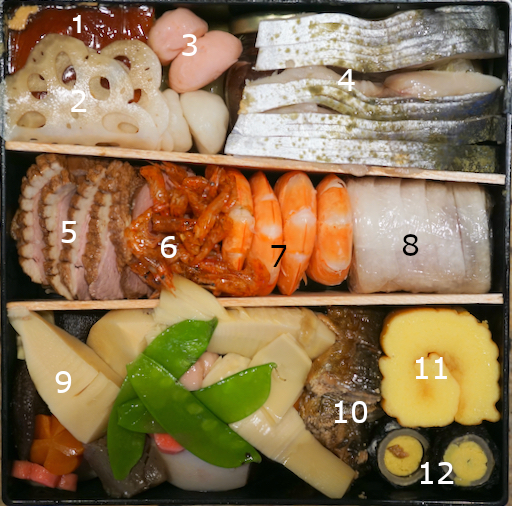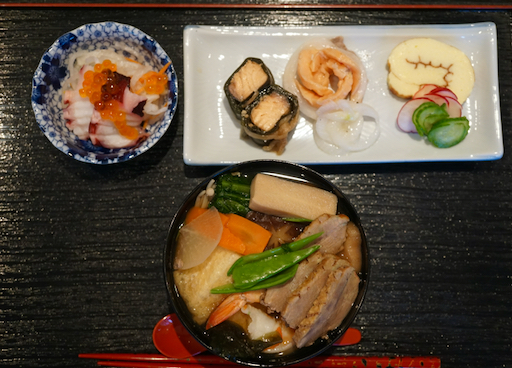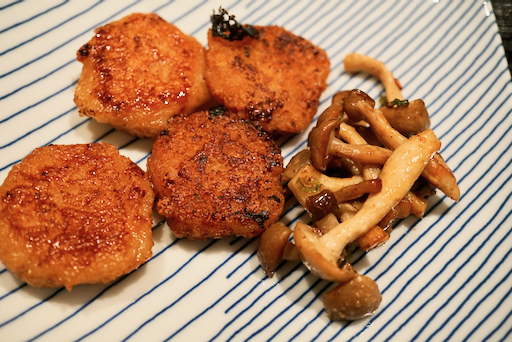Ingredients:
for dough
1 cup whole milk
10 Tbs. butter melted
1 large egg plus 2 egg yolks
3 1/2 cups (496 gms) AP flour
1/3 cup (56.7 gms) sugar
2 1/4 tsp yeast
1 1/2 tsp salt
for filling
6 oz. (170 gms.) cream cheese softened
6 oz. (170 gms) ricotta cheese
3 Tbs. sugar
1 Tbs. AP flour
zest of one lemon
1/2 tsp. lemon flavoring
1 tsp. vanilla
Directions:
For the dough: Whisk milk, eggs, and butter together. Whisk flour, sugar, yeast and salt together in the bowl of a stand mixer fitted with a dough hook. Slowly add the wet ingredients to the dry ingredients until fully incorporated. Increase speed and knead for 8 to 12 minutes. Transfer to a bowl and lightly coat surface with vegetable oil. Cover and allow dough to rise until doubled.
For the filling: Cream the cream cheese with the sugar, flour, lemon zest and flavorings. Add the ricotta cheese and mix until fully combined.
Measure out the individual amount of filling to use for each muffin so the filling is distributed completely and evenly. These calculations are for this batch of bread. Each batch may have different final weights so each batch should be weighed independently. I wanted muffins that were about 50 gm size. The total dough weighed 1020 gm/ 50gm = 20 pieces. The total weight of the filling was 452 gm/20 pieces = 22.6 gm/piece. Measure out and set aside.
Assembly: After dough has risen punch down. Divide dough according to weight (in this case 50 gm) and form into rolls. Place the rolls on a parchment lined baking sheet. Allow to rise until doubled in size. Using the bottom of a glass or cup slowly press down on the center of the muffin until the cup touches the sheet. (#1 and #2). (BTW, my wife used a very special hand-made very thin-walled porcelain Japanese sake cup for this because she said the size and shape were just right. Meanwhile I held my breath hoping it would survive its application to this purpose).





























